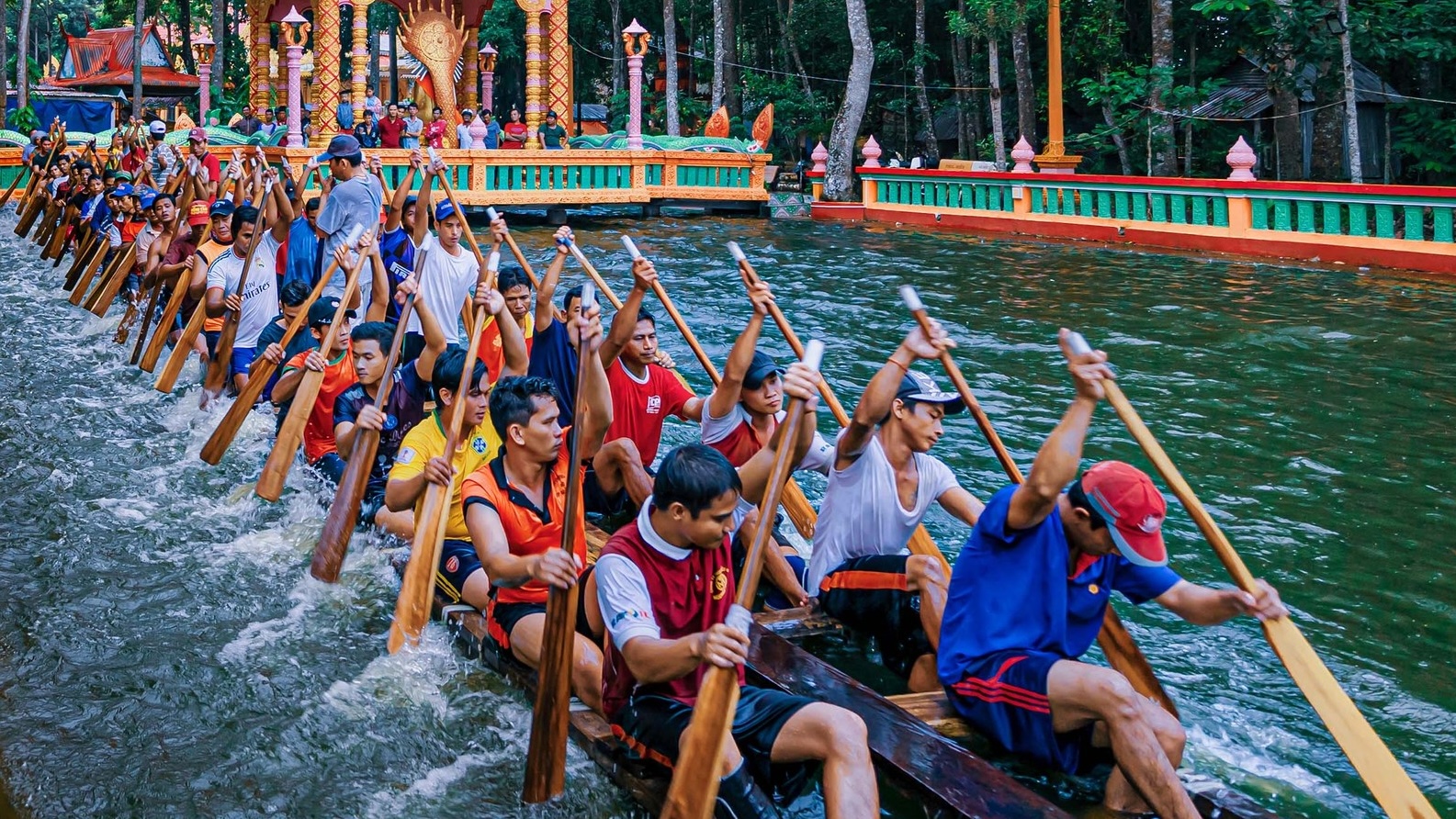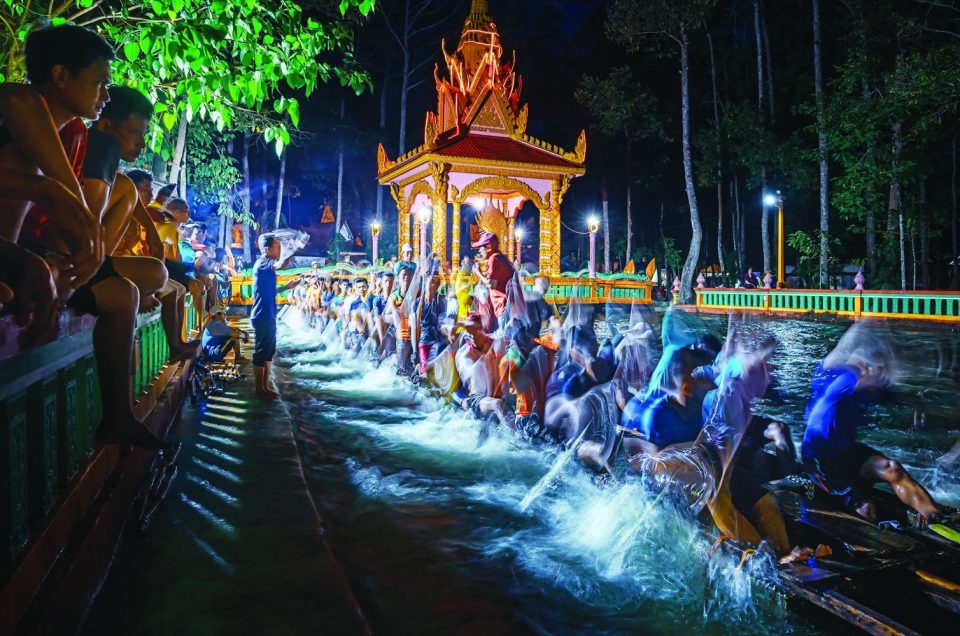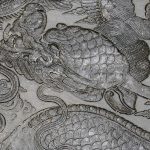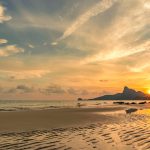The king of sports in the Mekong Delta
The 2009 book The Origin of ‘Ngo’ Boat Racing Festivals, Water Lantern Festivals, and Moon Worship by the monk Thach So Tum recounts how, according to historical records, “The boat racing festival has been a tradition for inhabitants of the ancient Ba Sac region (now Soc Trang) since around the year 2071 of the Buddhist calendar, which corresponds to 1528 of the Gregorian calendar.” The first recorded festival took place on the Pem Kon Tho River (now known as the Vam Du Tho, My Xuyen, and Soc Trang rivers). This event was later moved to the Prek Om Pu Yea River (now the Nhu Gia River, My Xuyen). In the 1980s, this festival was again relocated to the Kinh Xang River, also known as the Sung Dinh River (Maspero River, Soc Trang City), where it is still held today.
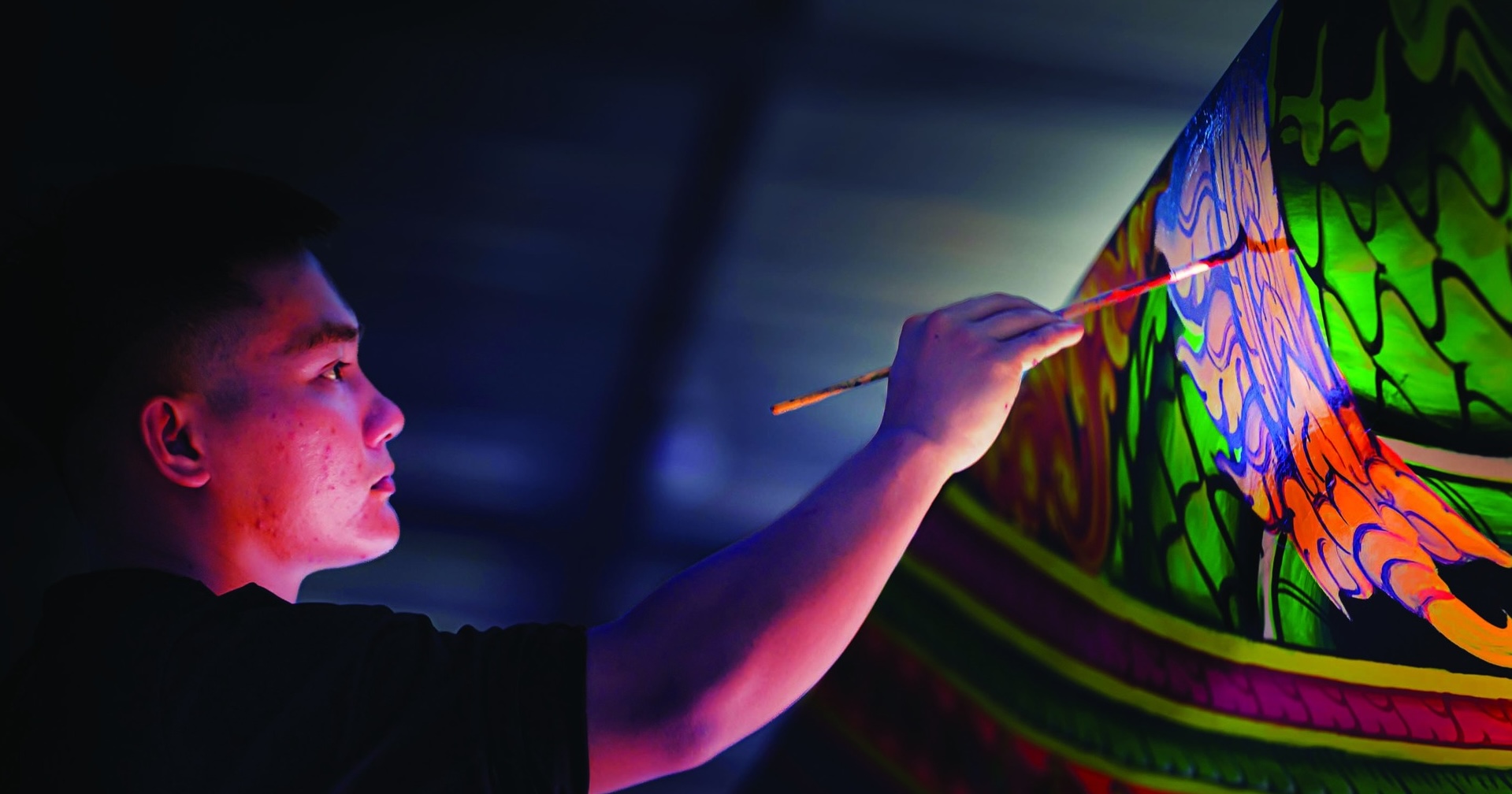
Nowadays, during each festival, boat races take place between teams representing various Khmer temples in Soc Trang, as well as teams from other provinces in the Mekong Delta. Each year, Soc Trang holds a provincial-level boat race on the full moon of the tenth lunar month. Since 2013, this has been elevated to a regional event for the Mekong Delta, held biennially. In January 2021, the Khmer Boat Racing Festival in Soc Trang was officially recognized by the Ministry of Culture, Sports, and Tourism as a National Intangible Cultural Heritage.
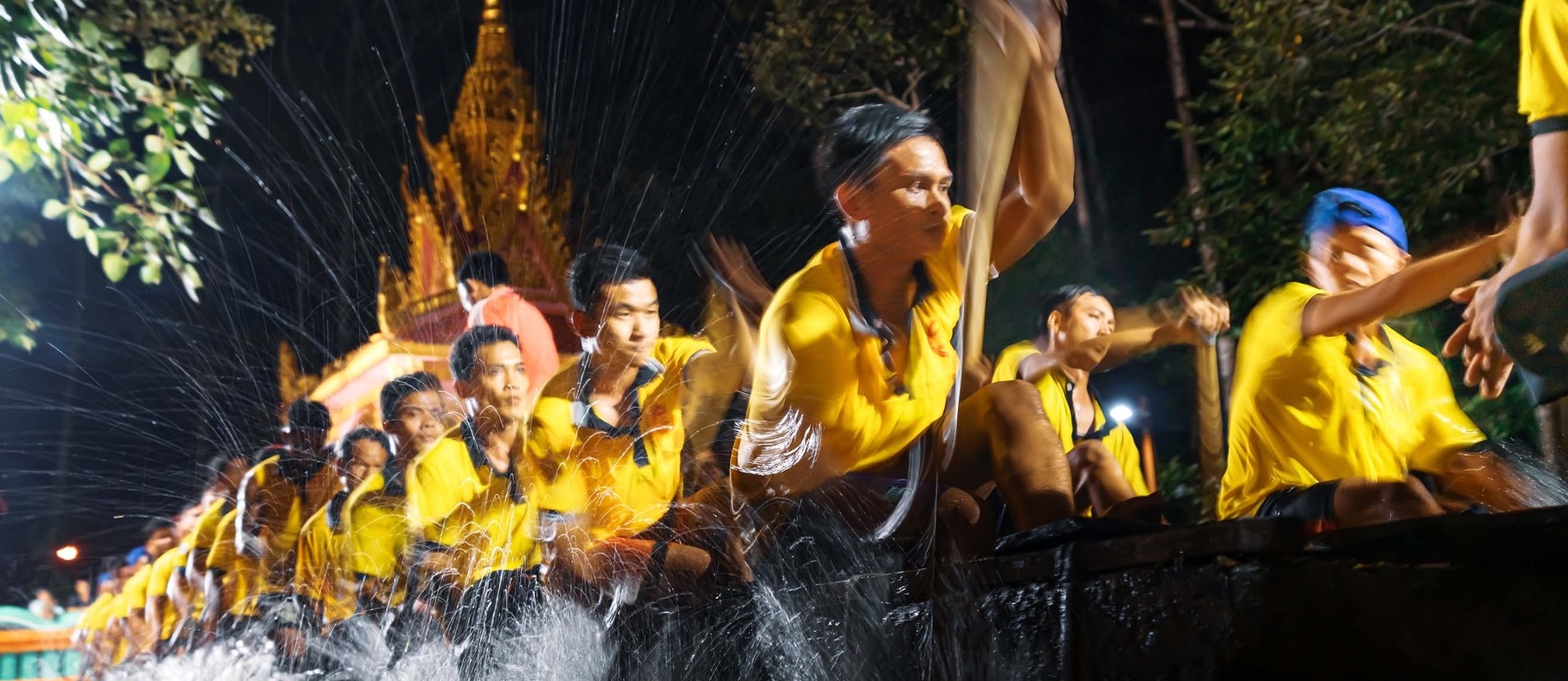
In the past, racing boats, known as ‘ghe ngo’ (ngo boats), were fashioned from the trunk of a single hopea tree with a girth as big as two people’s arm-spans. Venturing into the forests near the Mekong River to cut a hopea tree involved rituals to pray to the Forest Spirit (Neak ta Prey Ph’nom) for safety. The tree was carefully felled, carved, and hollowed out. It took over a year to complete a single-log boat. Nowadays, ngo boats are made from hopea tree planks, measuring 28-30 meters in length and built to hold 60 people. These boats have been modified with curved bows and sterns, hence the Khmer name “tuk ngo” (with “tuk” meaning boat and “ngo” meaning curved, though the pronunciation has evolved to the current pronunciation). The finest boat builders in Soc Trang, such as Danh Vu, Danh Tung, Danh Vuong, and Danh Lam, have continually improved their boat-building techniques and can now complete a boat in just under two months.
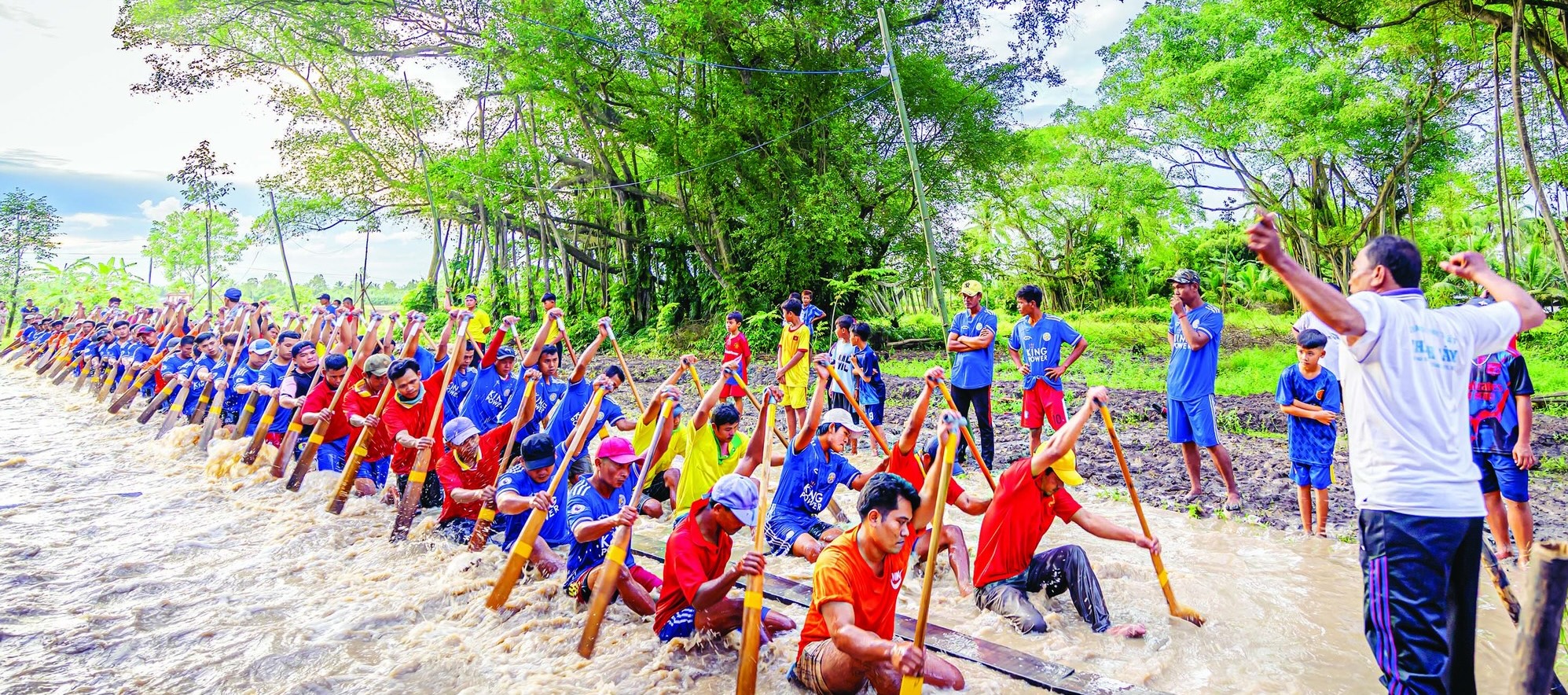
Wood from melaleuca trees is used for the boat’s paddles and for two main support beams: one placed from the middle of the boat to the bow, and the other in the opposite direction. These beams act like “fishing rods” to enhance the boat’s flexibility and speed.
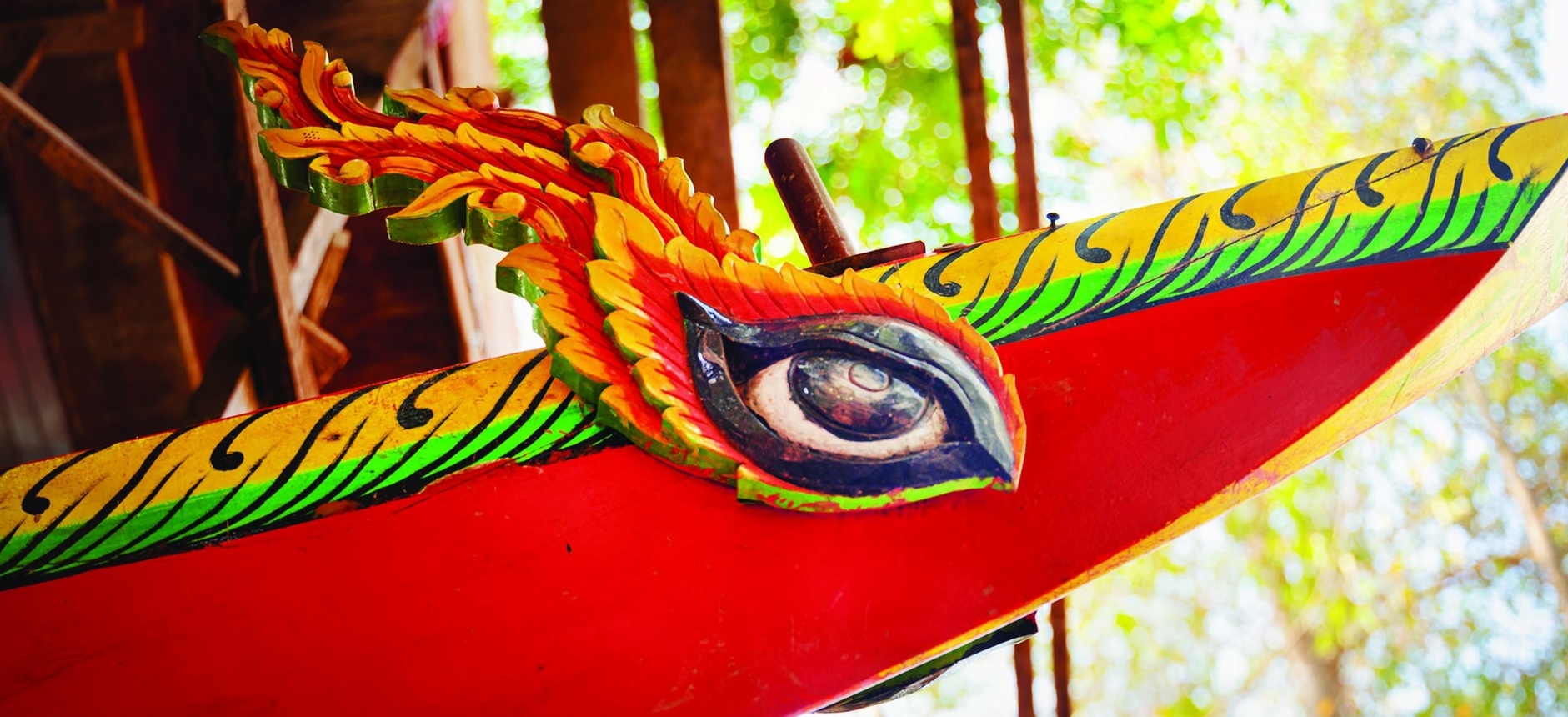
Once a boat is finished, the temple invites renowned artists like the husband and wife team Lam Phien and Son Sa The, painter Danh Thanh Dat, or skilled monks, to paint traditional motifs on the boat, such as dragon scales and mythical serpents inspired by the naga, along with other traditional patterns. The carved wooden eyes on the boat’s bow are a spiritual feature, symbolizing the boat as a water creature in need of eyes to navigate safely. Each boat also bears a unique animal emblem, such as a tiger for Champa Temple (Chau Thanh, Soc Trang) or an eagle for Wath Pich Temple (Vinh Chau, Soc Trang). These creatures also symbolize the desire for speed and agility during the races. The ngo boats are carefully stored in the temples. Every significant event related to these boats involves solemn traditional ceremonies, including rituals to mark the commencement, completion, and launch of the boat.
